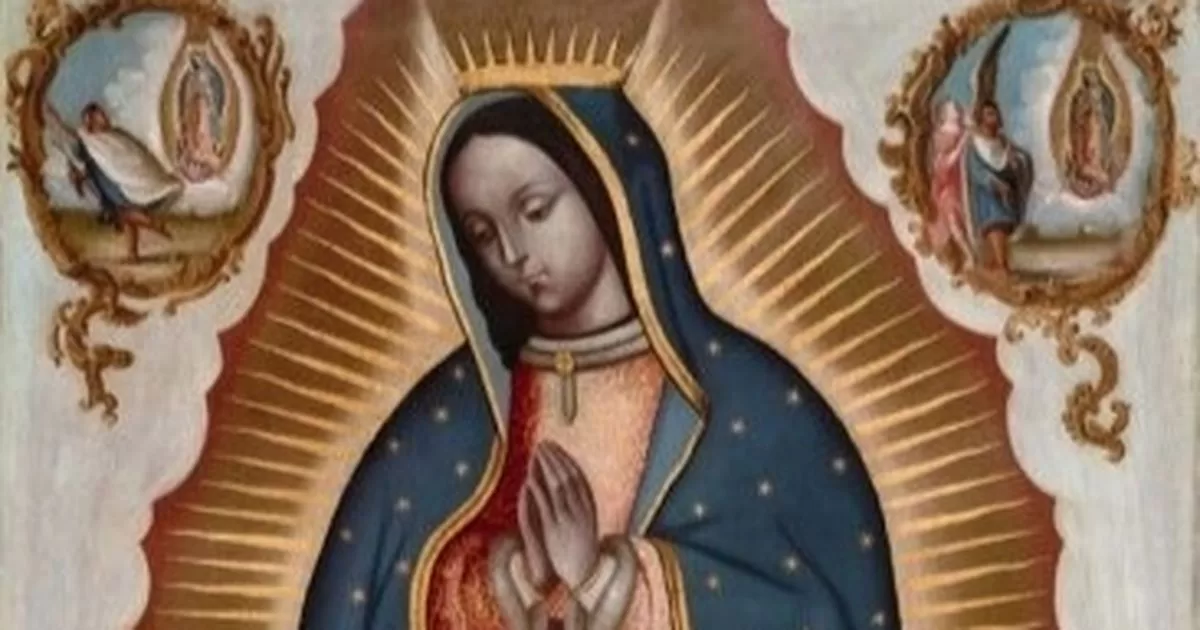The Clark County School District (CCSD) is expecting about 10,000 fewer students this year than last school year, which would mark the sixth straight enrollment decline.
The nation’s fifth-largest district had 284,130 students as of Aug. 11, the first Friday of the school year.
The district said in a statement last week to the Las Vegas Review-Journal that “enrollment numbers tend to fluctuate during the first few weeks of school.”
“As of now, we are currently on track to meet our projections,” Comprehensive Planning Director Rick Baldwin said Wednesday.
The district predicts it will gain more than 10,000 additional students – for a total of 294,216 – by the time the official enrollment count is made in early October.
Last year, the district had 304,276 students on that date.
‘A good place to be’
The district continues to enroll new students, Baldwin said, noting that Mondays tend to be the biggest days. More than two thousand students enrolled this Monday, followed by more than a thousand on Tuesday and more than 270 on Wednesday.
So far, most grade levels are on track to be one percent above enrollment projections, which is a “very healthy and good place to be,” he said.
The only major anomaly is kindergarten, with enrollment well below projections, Baldwin said. The district is at about 80 percent of its kindergarten enrollment projection of 20,537.
The situation “has us baffled,” he said, noting that “economic factors are the current theory.”
Baldwin said the district is also seeing some “other little anomalies” with enrollment.
That includes one major elementary school in the Northwest Valley that has 117 fewer students than expected, but all surrounding schools are doing well with enrollment, he said.
Baldwin said he is closely monitoring the situation at the school – which he did not name – and has been on the phone with the principal several times.
The district’s official enrollment count, which is reported to the Nevada Department of Education, is not taken until the first Monday in October. It is often called a “validation day”.
In addition, the district has an internal “count day” – August 25 of this year – that is used to determine how to allocate money to school budgets and how to adjust staffing. Some employees are involuntarily transferred to other schools in a process called “surplus.”
The district has faced challenges such as large class sizes, teacher shortages and increased competition due to the opening of more charter schools. It has also seen the impacts related to COVID, including a drop in test scores and an increase in fights on school campuses.
The Clark County Education Association (CCEA) has been holding protests amid contentious contract negotiations and called this spring for the resignation of Superintendent Jesus Jara. A divided school board voted in 2021 to fire Jara, but backed down the following month.
Why less kindergartens?
Las Vegas is becoming an increasingly expensive place to live, Baldwin said, and the end of the eviction moratorium is hurting certain low-income schools and transient populations.
Also, Nevada’s kindergarten cutoff date has changed again – the result of a bill passed by state legislators. Now children must be five years old by August 1st.
Children who turn five on August 2-7 can get an exemption for this school year if they have completed preschool, which includes homeschooling programs.
The deadline used to be the first day of school, which varied among the state’s 17 school districts. The date has also changed several times in recent years, leading to some confusion among parents.
Another possible factor in the decline in kindergarten enrollment: Clark County is in its sixth year of declining birth rates, Baldwin said.
He said the district calculates the rate to align with the calendar for the school year — August through July — and the birth rate dropped by 1.24 percent for the 2022 school year.
But overall, the county saw a population increase of 2.5 percent from April 1, 2020 to July 1, 2022, according to estimates from the US Census Bureau. The county gained about 57,500-plus residents, for a total of 2.3 million.
It’s important to put Clark County’s enrollment decline in context compared to other large urban school systems, said Bradley Marianno, associate professor of education policy and leadership at UNLV.
Compared to other similar systems like Los Angeles, Miami-Dade and Chicago, “CCSD is doing better,” he said.
Clark County’s overall population continues to grow – an advantage in terms of school enrollment, Marianno said, noting that a number of urban areas are losing residents.
Nationwide, other factors behind declining public school enrollment include a drop in the fertility rate over time and rising housing prices in urban areas, Marianno said.
“But within the school system, there have been some trends that occurred during the COVID-19 pandemic that look like they’re going to continue for a while,” he said.
This includes growth in private and charter school enrollment, he said.
Also, the number of home-schooled children has skyrocketed during the pandemic, Marianno said. “This should be the most worrying factor for large school systems. Parents decide not to enroll their children in public school.
He said that factor may partly explain the decline in kindergarten students in Clark County.




